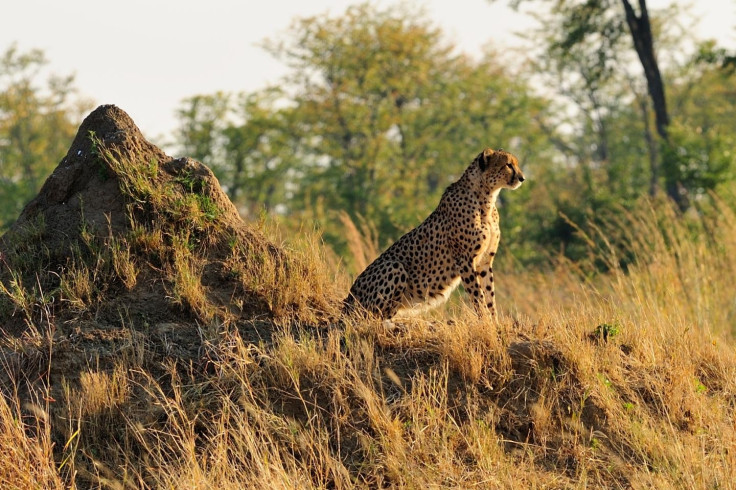Translocated cheetahs fight for territory in India, leaving one injured
Agni, the injured cheetah, is undergoing treatment and is said to be in a stable and healthy condition now.

India has been trying to reintroduce cheetahs into the country, but the project has been facing a lot of setbacks.
One of the cheetahs translocated to Kuno National Park, located in the Indian state of Madhya Pradesh, has sustained injuries following a skirmish between two pairs over shared territory. Agni, the injured cheetah, is undergoing treatment and is said to be in a stable and healthy condition now.
The incident took place on Monday when the translocated cheetahs, Gaurav and Shaurya, got into a fight with Agni and Vayu. The latter were brought in from South Africa earlier this year, per a report in India Today.
Officials quickly tried to defuse the situation by bursting firecrackers and sounding sirens. They eventually managed to bring the situation under control. The forest officials had to tranquillise Agni so it could be treated by veterinarians.
"We sounded sirens to alert the cheetahs and prevent them from clashing. Our staff was present on the spot, with vehicles and fire extinguishers because the noise has proven to be effective. We also burst some firecrackers to divert the attention of four cheetahs from clashing," The Independent quoted the park's divisional officer as saying.
"The clash went on for 10-15 minutes after which we separated the two coalitions. Had they continued fighting any longer and if the injuries would have been deeper, we could have lost Agni overnight," he added.
As many as eight cheetahs were translocated from Namibia to India last year, while 12 were brought in from South Africa in February this year. The cheetahs were brought to India as part of the Project Cheetah programme. The programme is meant to reintroduce cheetahs to India, as the species went extinct in the country more than 70 years ago.
A total of six cheetahs have died at the national park over the last few months since their translocation from African countries last year. Preliminary investigations suggest that malnutrition could have been the reason behind the deaths. However, nothing concrete can be said yet.
Cheetahs clash in MP's Kuno National Park over territory, prey, and mateshttps://t.co/WopHsaeN10 pic.twitter.com/ffROfWxNyx
— The Times Of India (@timesofindia) June 28, 2023
The Indian government has now set up an 11-member high-level steering committee to monitor the project. The development comes on the heels of the deaths of the cheetah cubs. The state forest department sought an "alternative" place for cheetahs to reside.
Meanwhile, South African wildlife expert Vincent Van der Merwe has said that the mortality rate of cheetahs is expected to spike in the coming months.
"We anticipate a 50 per cent mortality in the first year, we know that only 10 are going to survive the initial release period. There's going to be more than enough prey for them," he was quoted as saying by the Indian news agency, Press Trust of India.
Big cats like cheetahs, tigers, snow leopards, and leopards are now facing many threats, mostly caused by human activities. There are six main species of tigers living in the wild today: Siberian tigers, Bengal tigers, Indochinese tigers, Malayan tigers, Sumatran tigers, and South China tigers. Several subspecies of tigers have already gone extinct, including Bali and Javan tigers.
Cheetahs are listed as "Vulnerable" by the International Union for Conservation of Nature (IUCN) Red List of Threatened Species. However, scientists have been demanding that the species be listed as an "Endangered "species.
They need large swaths of habitat to survive. Smaller and more scattered habitats lead to human-animal conflict and leave tigers vulnerable to poaching. Climate change is also posing a major threat, with rising sea levels threatening to wipe out even more of their habitat.
Scientists have no idea how many species of plants and animals have gone extinct because no one knows the exact number of species on the planet.
According to IUCN Red List estimates, a quarter of mammals are also at risk of extinction. A study from the Norwegian University of Science and Technology revealed that more than half of species—about which there is not much data available—face the threat of extinction.
© Copyright IBTimes 2025. All rights reserved.






















